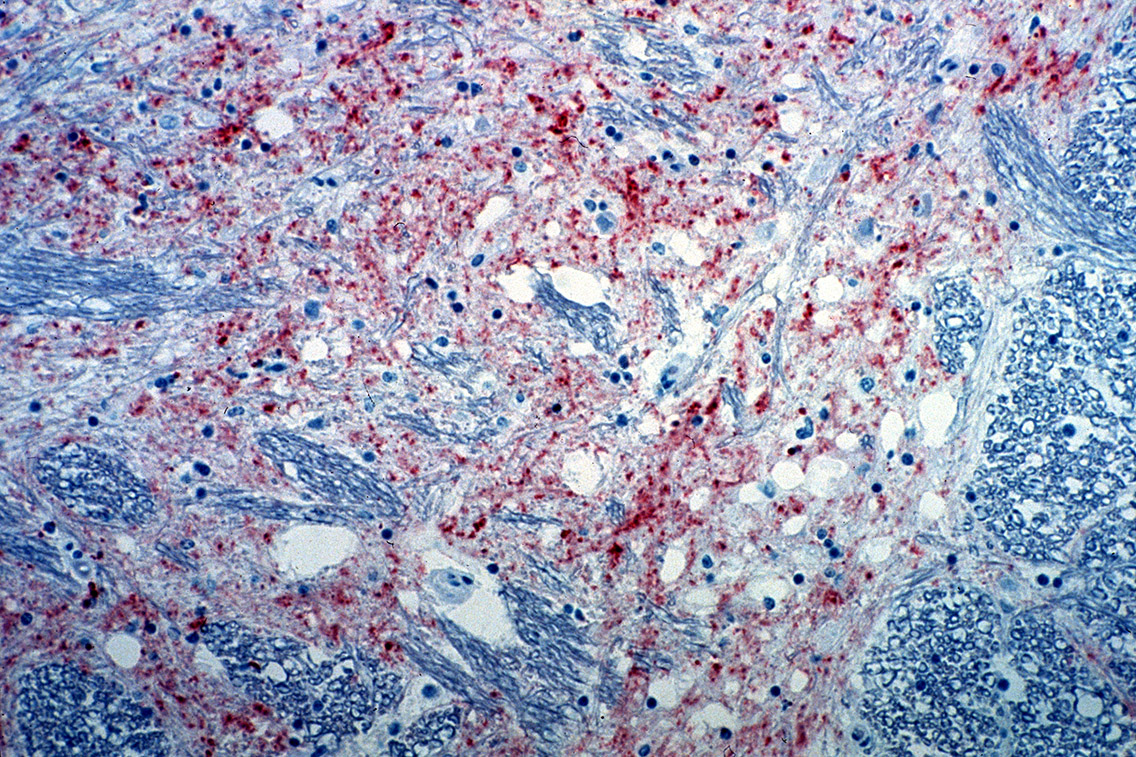A case of Bovine Spongiform Encephalopathy - aka mad cow disease - has been discovered in a beef cow in Alabama.

During routine surveillance, ag officials at a livestock market spotted the cow, which was exhibiting signs of the disease. It thus wasn’t slaughtered, and therefore never entered the food supply. (Phew!) The animal soon died and tissue testing confirmed it had BSE, according to a statement from the Alabama Agriculture Department.
There are two types of BSE: classical and atypical. Classical is the kind you’re probably familiar with – it infects cows that ate tainted feed containing protein from bone-and-meat meal made from diseased cows. Humans can develop a deadly disease called “variant Creutzfeldt-Jakob disease” from eating infected cow’s nerve tissue – brains and some other organ meat, and even ground beef products in which things like the tonsil and fragments of spine find their way in – but it isn’t found in the muscle tissue, say steaks or roasts. The disease attacks the brain, leading to dementia and death. It was responsible for killing more than 150 people in Britain back in the ’90s. In 1997, the FDA banned mammalian protein in cattle and other ruminant feed, and instituted a surveillance program, among other safeguards.
The other type, atypical BSE, is what the 11-year-old cow in Alabama had. According to the USDA, this form occurs spontaneously (and thankfully very rarely) in animals more than eight years old, although some people question this explanation, believing it’s instead due to lax feed rules that allows things like spray-dried cattle blood to be fed to calves as a protein substitute in milk replacer. Atypical BSE can also lead to variant Creutzfeldt-Jakob disease in humans. This is only the fifth recorded case of BSE in the U.S., according to the USDA. The first was the classical type, which was found in a cow imported from Canada in 2003, the others were atypical and occurred over the last 12 years.
USDA and state officials are still investigating the case. Alabama’s agricultural commissioner, John McMillan, says in a statement that the discovery of the cow proves the “on-going surveillance program is working effectively.”